Understanding how a hair grows is not rocket science but also not as certain as it seems. Our hair system is processed through certain phases before shedding from the head. It has a specific cycle of growth that contains multiple stages.
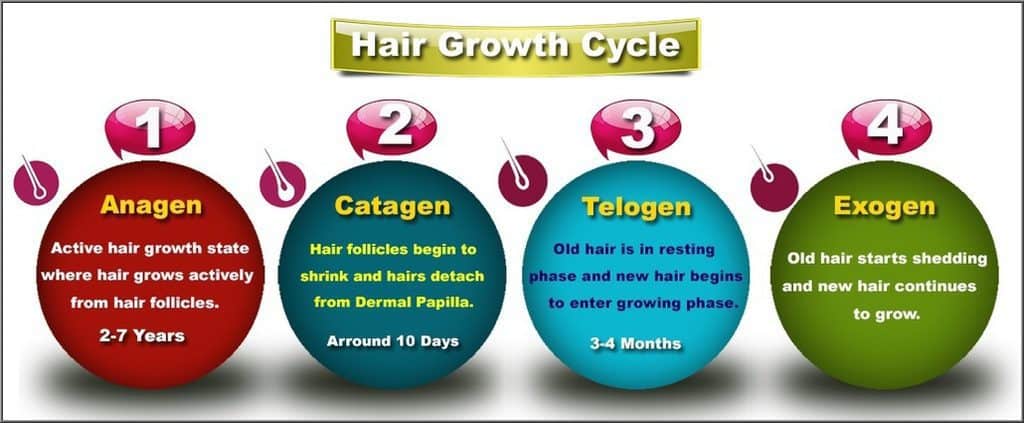
In the blog we, are introducing you to the hair growth cycle and how the mechanism works, and how an imbalanced hair growth cycle can cause your hair loss.
-
Table of Contents
Hair Growth Cycle-
Fine thread-like strands growing from follicles, roots or skin are called hair. The process of hair growth is followed by multiple phases which are called the hair growth cycle. Our hair passes through four stages of growth- anagen, catagen, telogen & exogen. Each hair faces different stages throughout the process of growing to shed.
-
Defining Different Stages of Hair Growth-
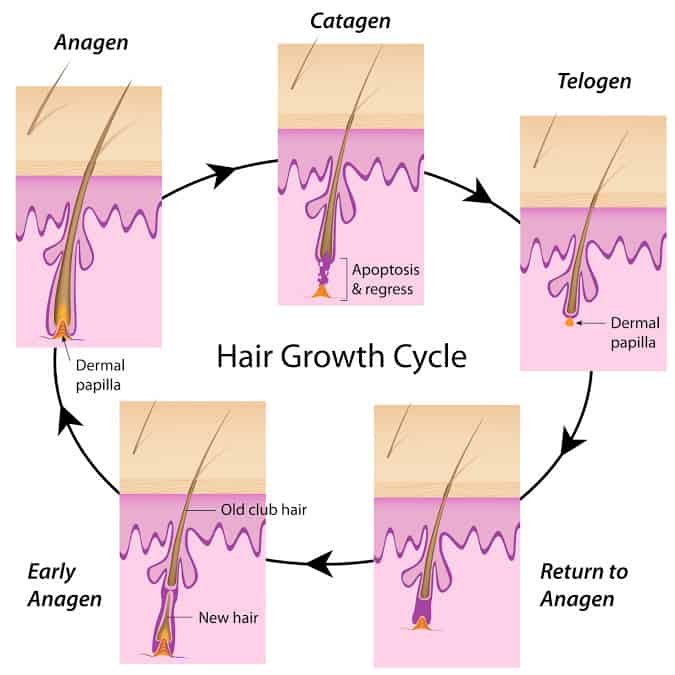
-
Anagen (Growing Phase)-
It is the active growth state of the hair. In this phase, hair grows actively from the follicles. It is the only time when hair is growing. The period may last 2-7 years. It determines the depth and length of hair.
-
Catagen (Transition Phase)-
The Catagen phase may last up to 10 days. In the process, hair follicles shrink and hairs get detached from the Dermal Papilla ( the root of the hair follicle) and move upwards to the base.
-
Telogen (Resting Phase)-
Telogen or resting phases of the hair growth cycle that lasts for 3-4 months. In this phase, old hairs stay in the resting phase and new hairs begin to enter the growing phase. 10-15 percent of hairs are continually facing this phase.
-
Exogen (Shedding Phase or New Hair Phase)-
In the Exogen phase old hairs start shedding (with the rate of 50-100 hairs a day that is considered normal by doctors) and new hairs continues to grow.
-
Hair Growth Cycle And Hair Loss-
The numbers of hair cycles are limited and we can face 25-30 hair cycles during our entire life that is enough to fill our head with hairs for a full life.
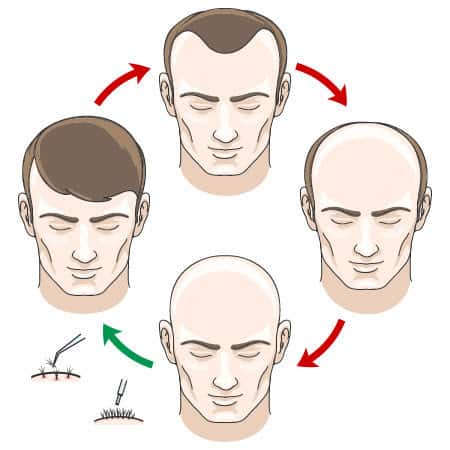
Doctors say 50-100 telogen hair shed is considered normal hair loss. Hair loss can be seen when bathing or applying a comb to the scalp. These hairs will regrow.
But what if hairs are shedding more and stop growing?
The hair growth cycle may be affected by various reasons and cause hair loss disease (Alopecia) resulting in heavy hair loss. The reasons may be medications, radiation, chemotherapy, extreme illness, physical and emotional stress, low consumption of nutrition, hormonal changes, thyroid disorders and more.
Also, androgen levels (testosterone, dihydrotestosterone) in the body play an important role in human hair growth. Androgen is a necessary hormone for the growth of hair on the beard, underarm and pubic. The growth of scalp hair is not androgen-dependent but might be a vital component in affecting the hair growth cycle and in the development of male and female pattern hair loss also called Androgenic Alopecia.
Hair loss is among the most found health issues in people nowadays. The affected hair growth cycle can cause heavy and permanent hair loss. It is vital to consult a good hair specialist and take suitable treatment.

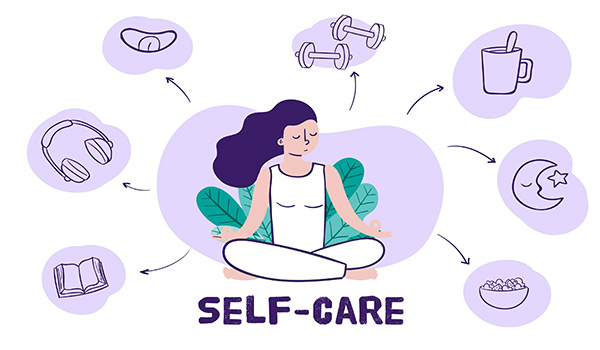 Self-Care 101: How to Treat Yourself Well
Self-Care 101: How to Treat Yourself Well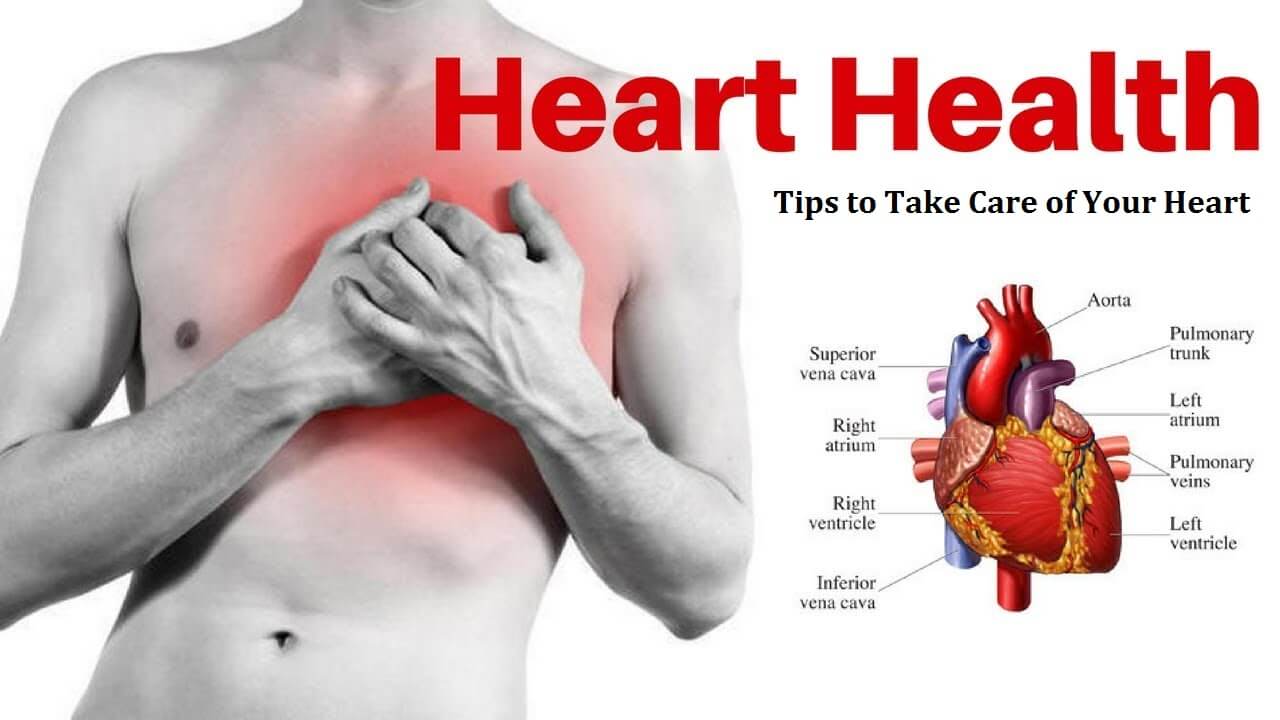 Tips to Take Care of Your Heart
Tips to Take Care of Your Heart Avail the use the best quality shampoo for your coloured hair
Avail the use the best quality shampoo for your coloured hair How clean is your Water Supply at Home?
How clean is your Water Supply at Home? “Wellhealthorganic buffalo milk tag”: Elevating Dairy Experience
“Wellhealthorganic buffalo milk tag”: Elevating Dairy Experience Use Ketomac Shampoo for Proper Hair Care
Use Ketomac Shampoo for Proper Hair Care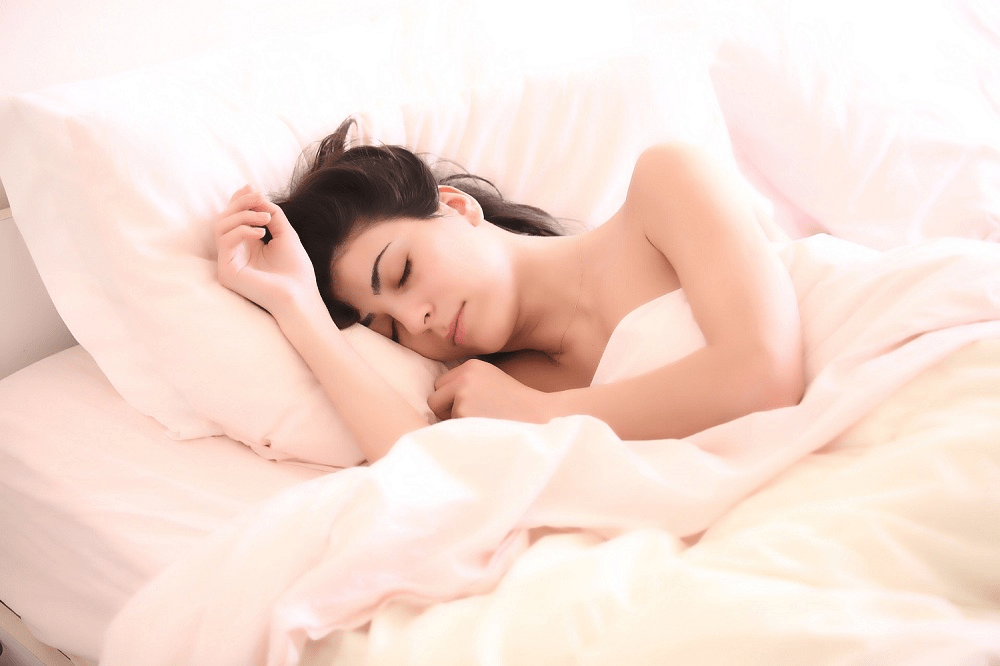 7 Alternatives to CPAP to treat Obstructive Sleep Apnoea
7 Alternatives to CPAP to treat Obstructive Sleep Apnoea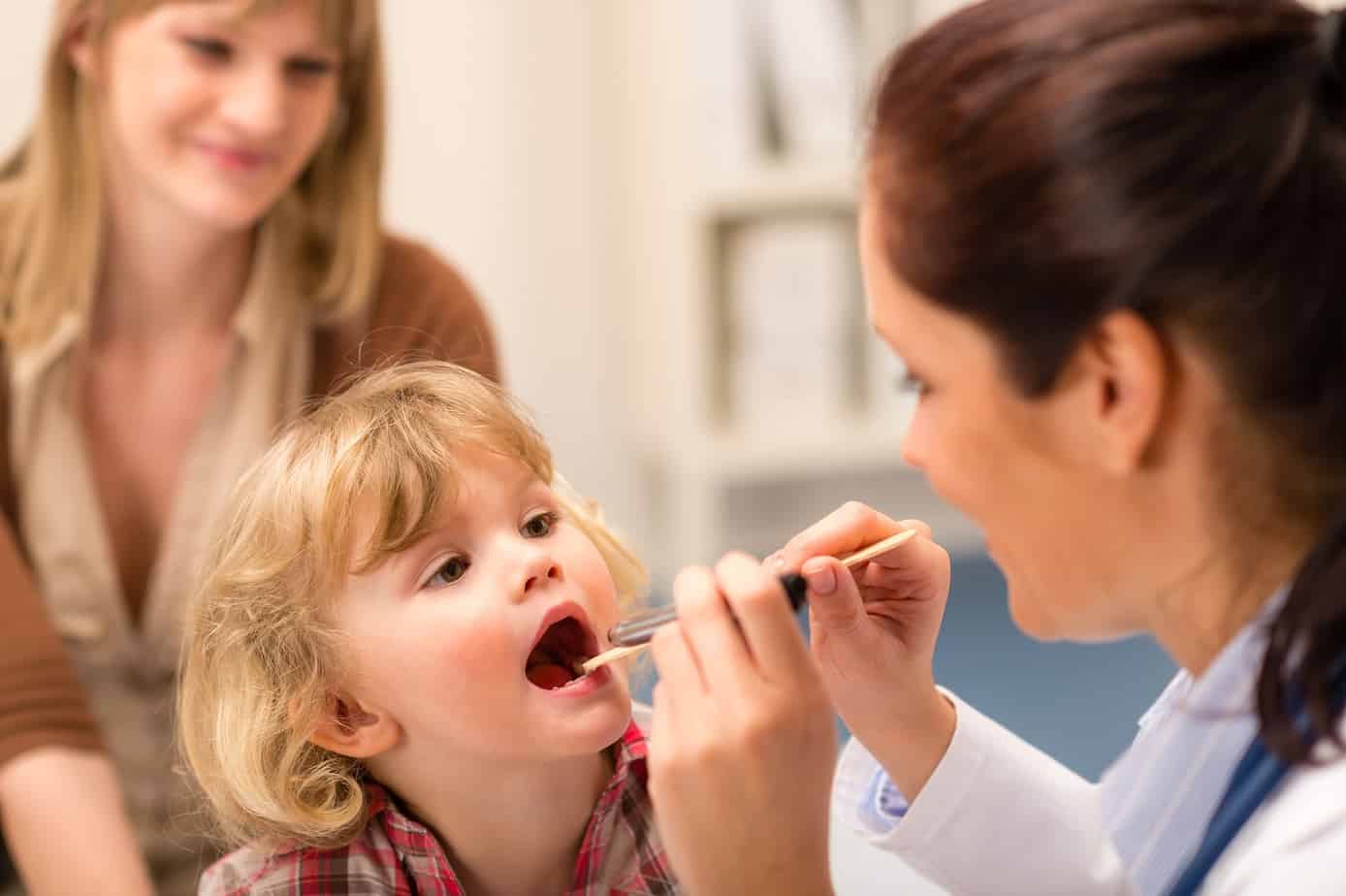 How Long Does Strep Throat Last Without Antibiotics
How Long Does Strep Throat Last Without Antibiotics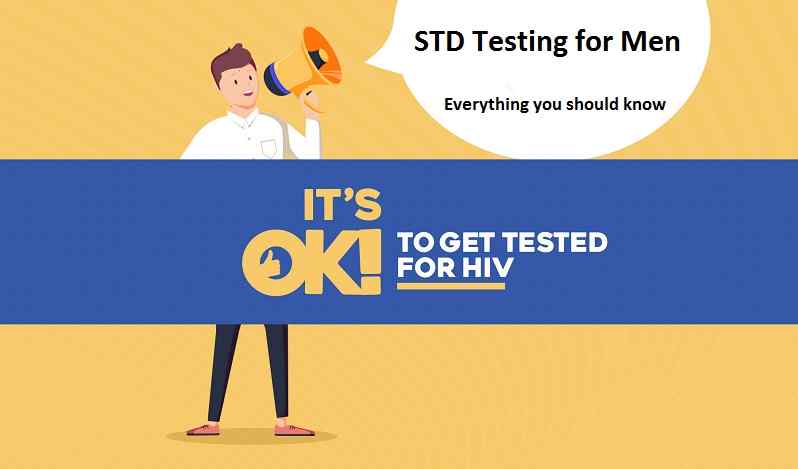 STD Testing for Men: Everything you should know
STD Testing for Men: Everything you should know Creating Your Own E-Juice Using a Wax Rosin Liquidizer
Creating Your Own E-Juice Using a Wax Rosin Liquidizer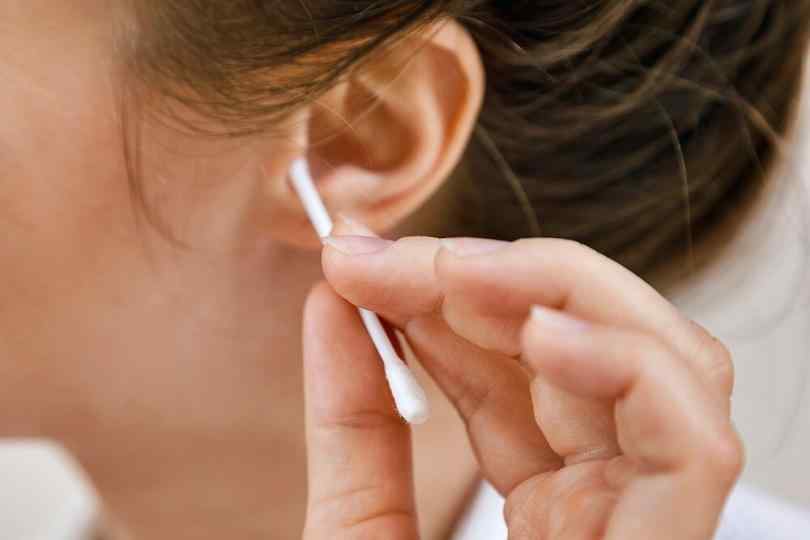 5 Ways to Protect Your Ears and Hearing Health
5 Ways to Protect Your Ears and Hearing Health How to Calculate the MPH Traversed on the Treadmill?
How to Calculate the MPH Traversed on the Treadmill?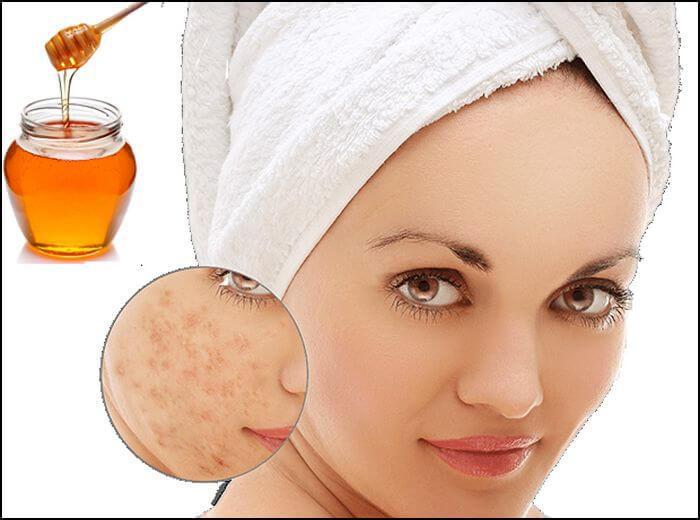 Top 5 Ways To Revome Acne Scars Rapidly
Top 5 Ways To Revome Acne Scars Rapidly How to choose the best Probiotic for men
How to choose the best Probiotic for men